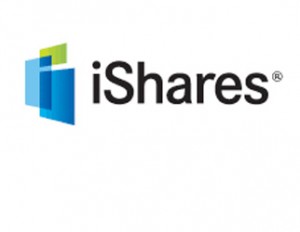5 ETFs That Should Be More Popular
In high school, the popular kids aren’t always the one’s with the best qualities. More often they’re the ones with the good looks, charm, and nice cars. Meanwhile, the kids with the brains and the bad haircuts—and the best long-term prospects—eat lunch alone. The world of ETFs is often the same way. According to the [...]











